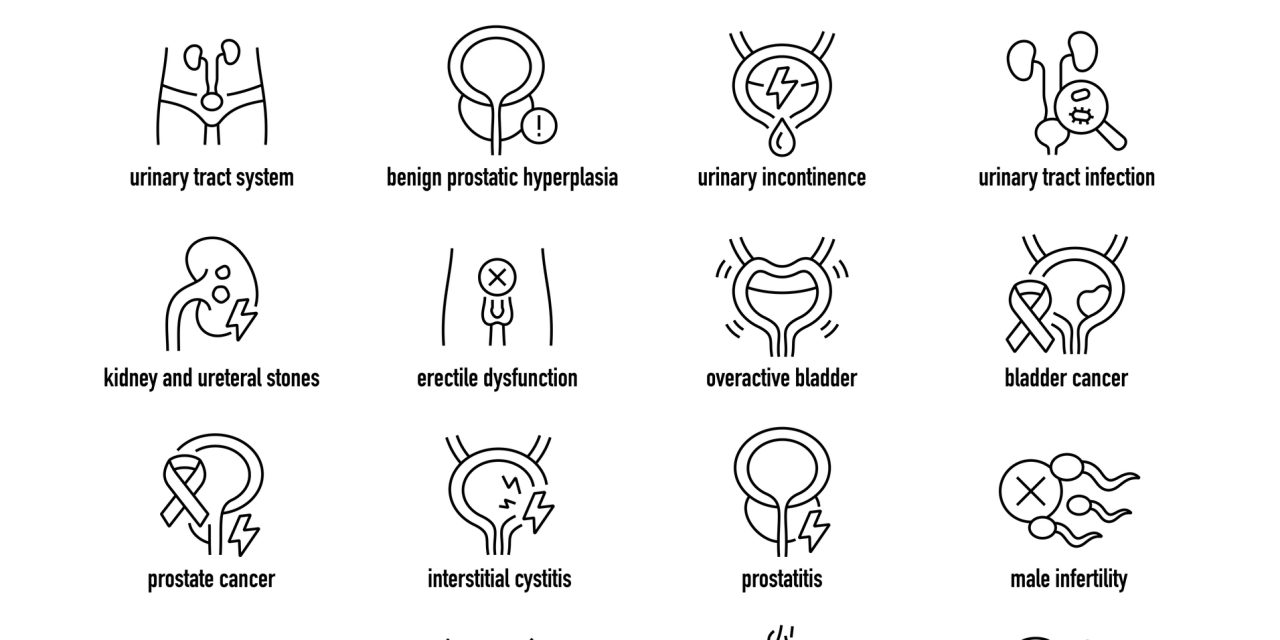The programmed death 1 (PD-1)/programmed death-ligand 1 (PD-L1) have shown positive efficacy in several solid cancers due to their targeted antitumour effects. However, the frequency and clinical implication value in prostate cancer still remain unclear.
The PD-1/PD-L1 expression was detected by immunohistochemical (IHC) analysis in 96 retrospectively collected cases of prostatic cancer and 44 controls of benign prostatic hyperplasia (BPH). Its correlation with clinicopathological features including age, PSA level, Gleason score, lymph node metastasis, clinical T stage and risk factor grade in prostate cancer was also assessed.
The PD-L1-positive expression was significantly higher in cancer cases compared with benign tissues, whereas no difference in PD-1 positive expression was found. Moreover, the PD-L1 expression in tumour cells or lymphocytes was associated with Gleason score, but not related to age, preoperative PSA level, clinical T-stage, lymph node metastasis and grade of risk factors. In addition, no association between the positive expression of PD-1 and PD-L1 in tumour cells and lymphocytes was found.
The expression of PD-L1 not PD-1 is highly prevalent in prostate cancer. PD-L1 is closely related to Gleason score and may be a co-factor associated with the progression of prostate cancer.
© 2021. The Author(s).
The immune checkpoint regulator PD-L1 expression are associated with clinical progression in prostate cancer.


